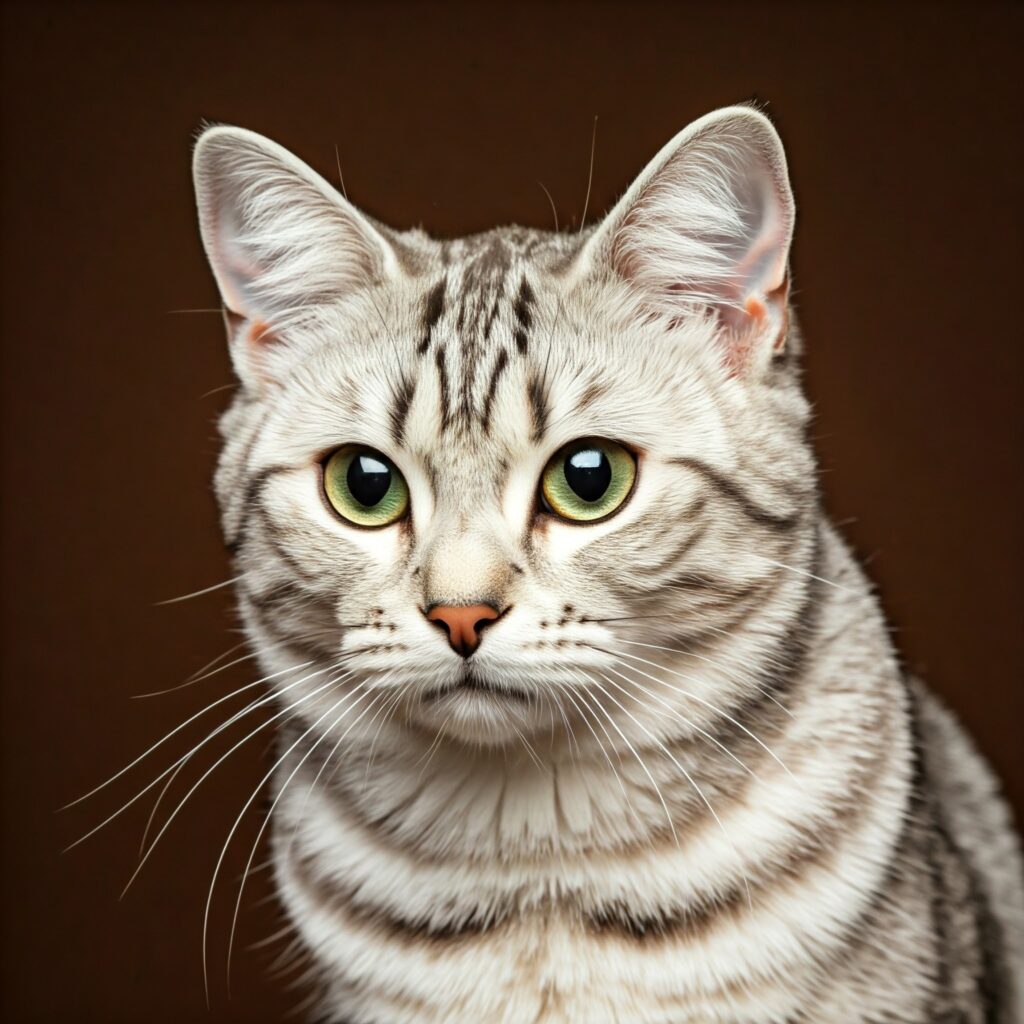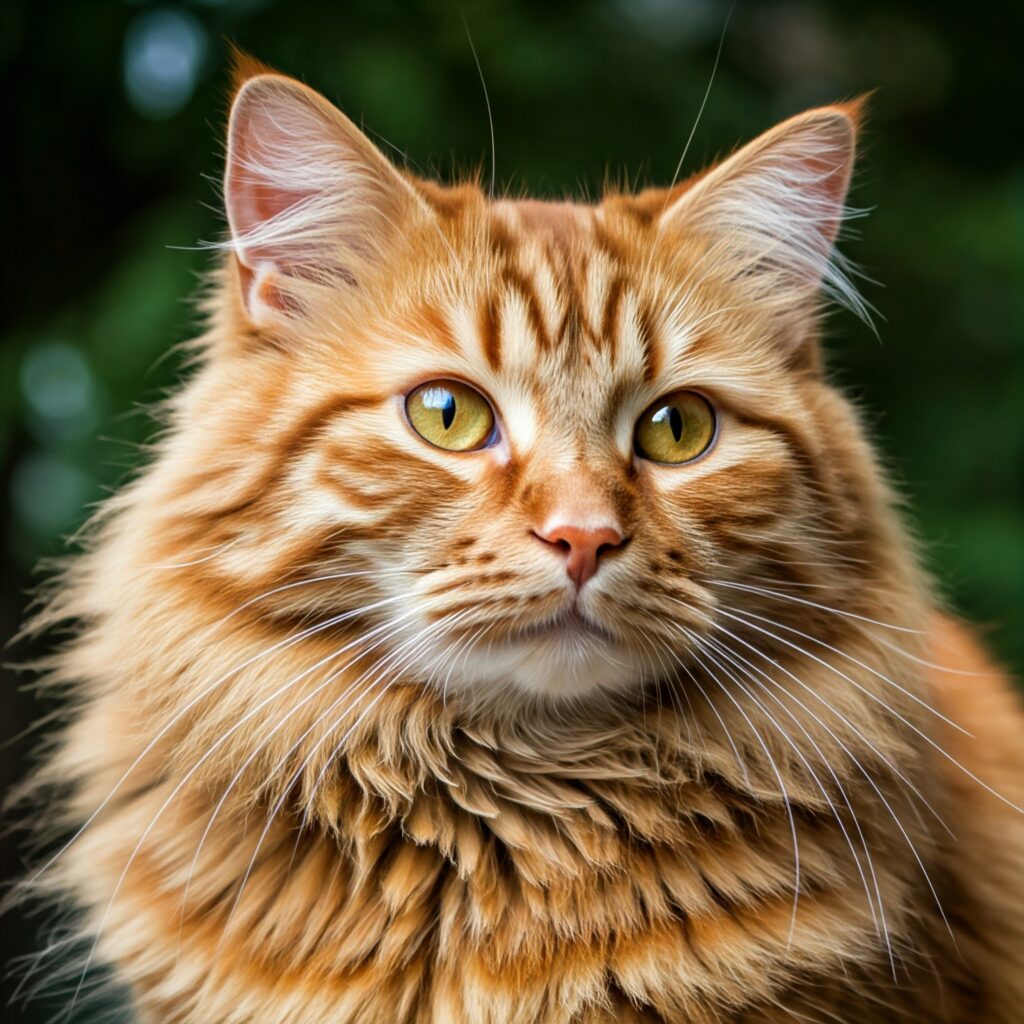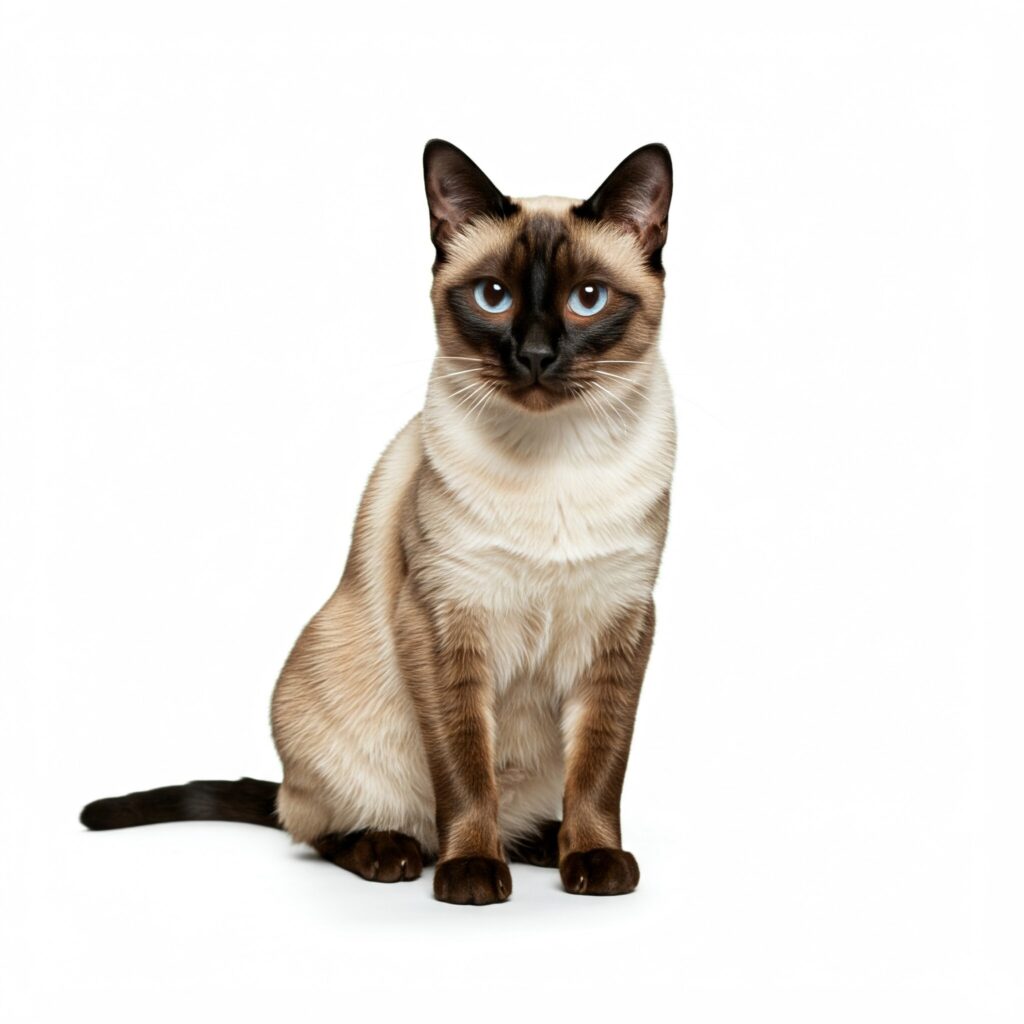The captivating array of cat colors we admire today is a testament to the intricate world of genetics. Just as humans inherit traits from their parents, cats inherit genes that determine their coat color. These genes, with their various versions called alleles, combine to create the unique coat of each cat.
Table of Contents
Understanding the basics of cat color genetics allows us to appreciate the diversity and beauty of these fascinating creatures. It’s truly remarkable how a few key genes can produce such a wide spectrum of colors and patterns.
Basic Color Genes: Black and Red

At the heart of all cat colors lie two fundamental pigments: eumelanin (black) and phaeomelanin (red). Each parent contributes one gene for each pigment, and the resulting combination determines whether a cat will be black, red, or a blend of both. For instance, a cat with two black pigment genes will be black, while a cat with one black and one red pigment gene will be tortoiseshell. This seemingly simple genetic mechanism is responsible for the vast diversity of cat colors we observe.
Dilute Genes: Blue and Cream

The intensity of the black and red pigments can be further modified by dilute genes. These genes lighten the pigments, resulting in softer shades. For example, a dilute gene acting on black pigment will produce blue (gray), while a dilute gene acting on red pigment will produce cream. This dilution effect adds another layer of complexity to cat color genetics, creating even more variations in coat color.
The Role of the X Chromosome

The X chromosome plays a unique role in cat color genetics, particularly in the expression of red pigment. Female cats have two X chromosomes (XX), while male cats have one X and one Y chromosome (XY). The gene for red pigment resides on the X chromosome, meaning female cats can have two different alleles for red pigment, while male cats can only have one. This explains why tortoiseshell and calico cats, which display both black and red pigment, are almost exclusively female.

Common Cat Color Patterns
In addition to the basic colors, cats also exhibit a variety of patterns. These patterns are determined by additional genes that control the distribution of pigment in the hair. Some of the most common cat color patterns include solid colors, tabby patterns, and tortoiseshell and calico patterns. Each pattern has its own unique characteristics and is a testament to the genetic diversity of cats.
Solid Colors

Solid-colored cats boast a uniform color throughout their coat. The most common solid colors are black, white, blue, and cream. Solid-colored cats are often admired for their simplicity and elegance, and they can be found in various breeds.
Tabby Patterns

The tabby pattern, perhaps the most common cat coat pattern, is characterized by stripes, swirls, or blotches of darker pigment on a lighter background. There are four main types of tabby patterns: mackerel (narrow stripes), classic (swirls), ticked (agouti hairs), and spotted. Tabby patterns are believed to be the ancestral coat pattern for cats, providing camouflage in the wild.

Tortoiseshell and Calico

Tortoiseshell and calico cats are known for their distinctive mix of black and red pigment. Tortoiseshell cats have a mottled blend of black and red, while calico cats have distinct patches of black and red on a white background. As mentioned earlier, these patterns are almost exclusively found in female cats due to the X chromosome’s role in red pigment expression.
Rare and Unique Cat Colors
While the colors and patterns discussed above are relatively common, there are also some rare and unique cat colors. These colors are often the result of specific genetic mutations and are highly sought after by breeders and enthusiasts. Some examples of rare cat colors include colorpoint, chinchilla, and shaded. These colors add even more fascination to the world of cat coat genetics.
Colorpoint

The colorpoint pattern is characterized by darker pigment on the face, ears, paws, and tail, with a lighter body color. This pattern is most commonly seen in Siamese cats and is caused by a temperature-sensitive gene that affects pigment production. Colorpoint cats are born white and develop their darker points as they mature.
Chinchilla and Shaded

Chinchilla and shaded cats have a unique coat color caused by a gene that inhibits pigment production at the base of the hair shaft. This results in a coat that appears to be tipped with color, with a lighter undercoat. Chinchilla cats have a white undercoat with only the tips of the hairs being colored, while shaded cats have a more extensive band of color on the hair shaft.
Other Rare Colors and Mutations
In addition to the colors mentioned above, there are other rare colors and mutations that can occur in cats. These include amber, cinnamon, and lilac. These colors are often the result of recessive genes and are less commonly seen, but they contribute to the rich tapestry of cat coat colors and patterns.
Step 3: Q&A and Conclusion
Q&A:
- Q: What is the most common cat color?
- A: The most common cat color is tabby, which is characterized by stripes, swirls, or blotches of darker pigment on a lighter background.
- Q: Why are tortoiseshell cats almost always female?
- A: This is due to the role of the X chromosome in red pigment expression. Female cats have two X chromosomes, while male cats have one X and one Y chromosome. The gene for red pigment is located on the X chromosome, so female cats can have two different alleles for red pigment, while male cats can only have one.
- Q: What is the rarest cat color?
- A: There are many rare cat colors, but some of the most unique include amber, cinnamon, and lilac. These colors are often the result of recessive genes and are less commonly seen.
Conclusion:
The world of cat colors is a captivating blend of genetics, patterns, and unique variations. From the basic colors of black and red to the rare and exotic colors like chinchilla and amber, there is a cat color to capture everyone’s heart. By understanding the genetics behind cat colors, we can appreciate the diversity and beauty of these amazing animals even more. Whether you’re a cat owner, breeder, or simply an admirer of these creatures, the world of cat colors is sure to captivate and amaze.


